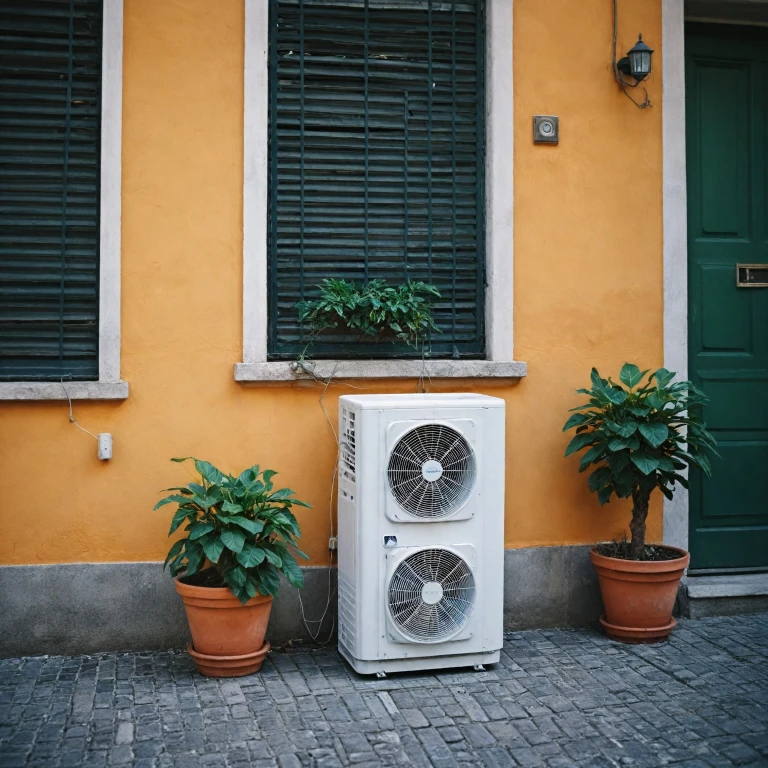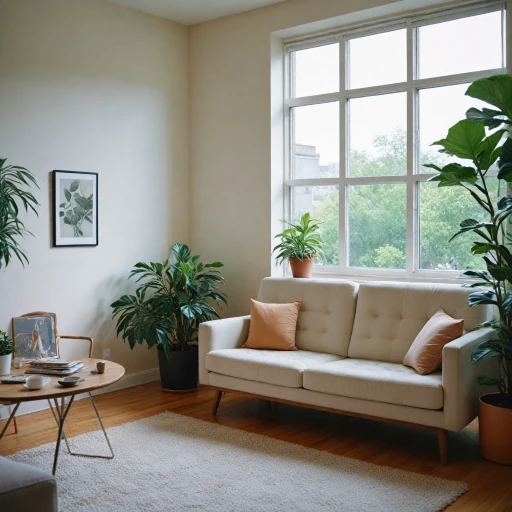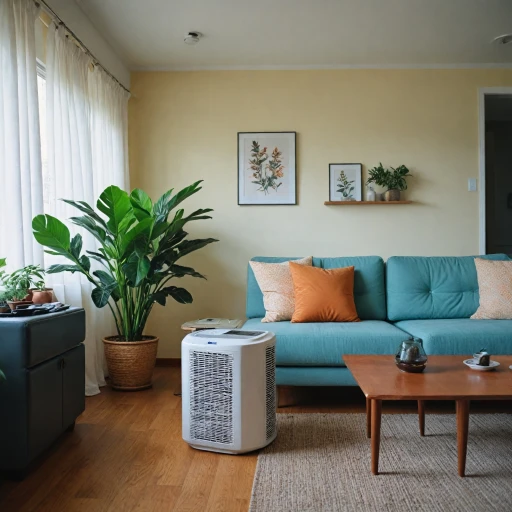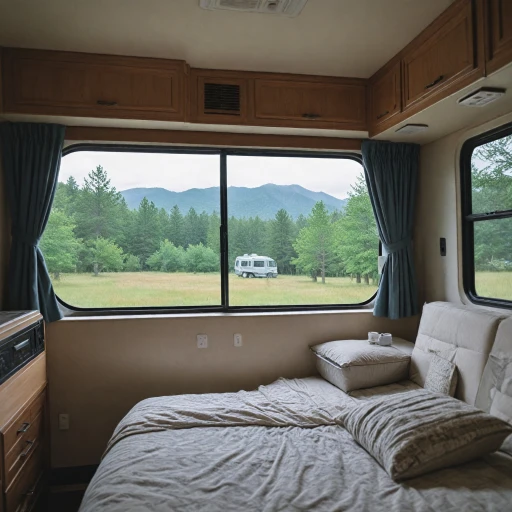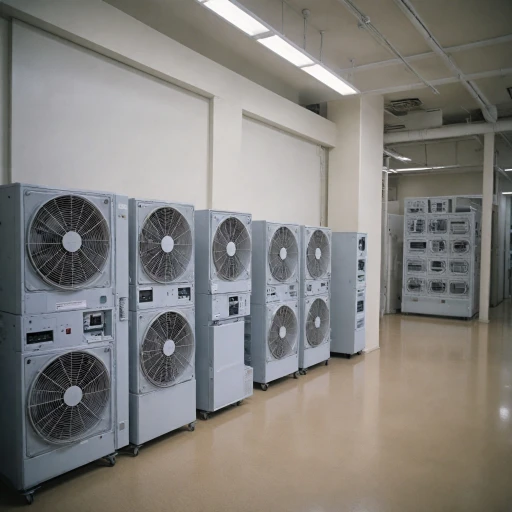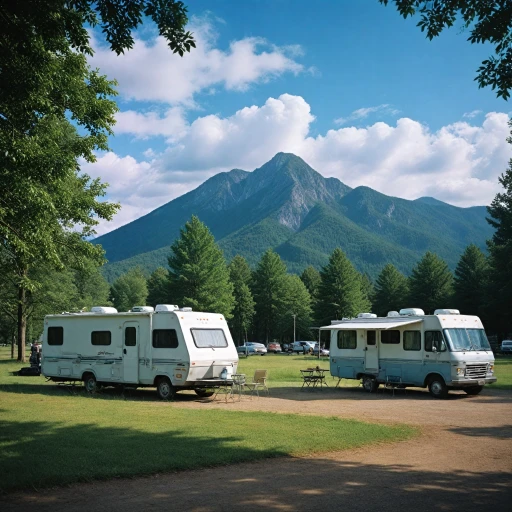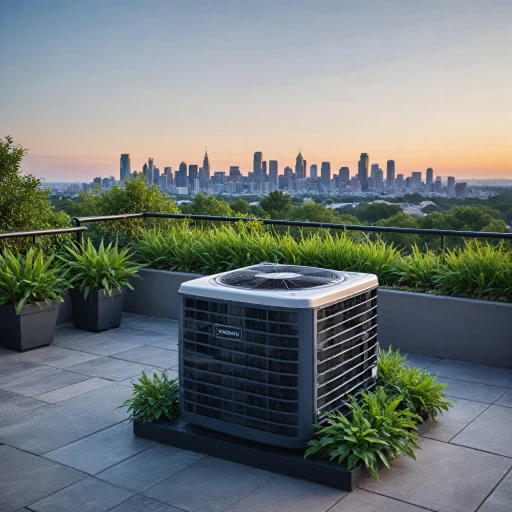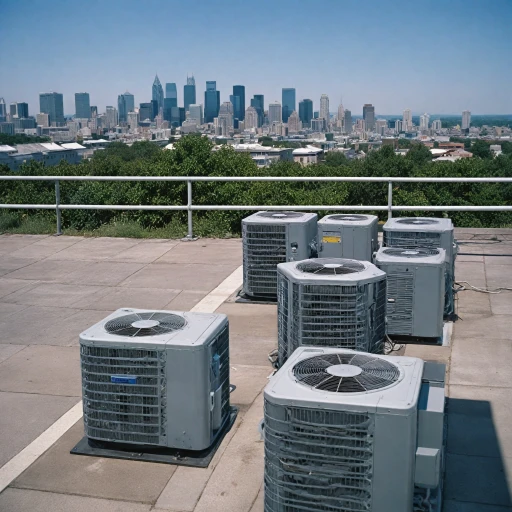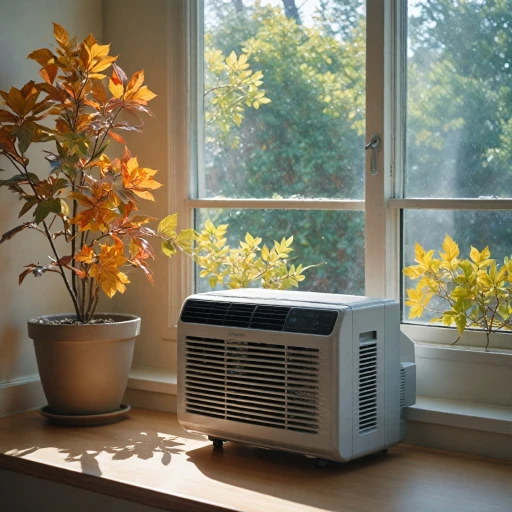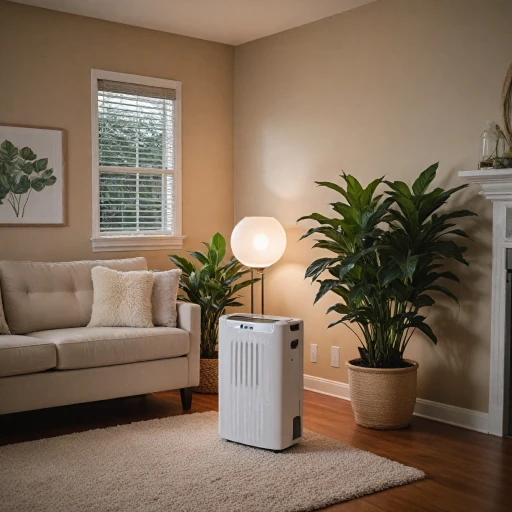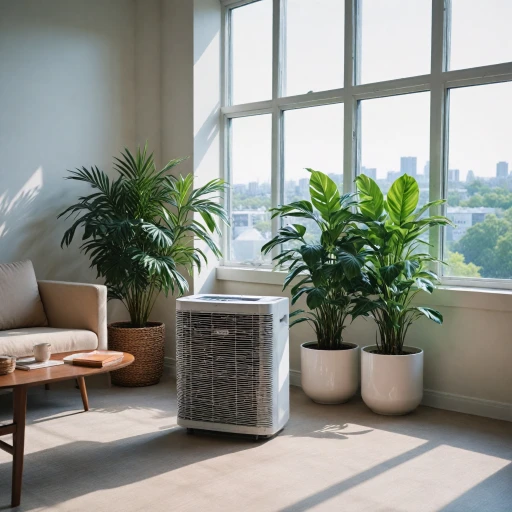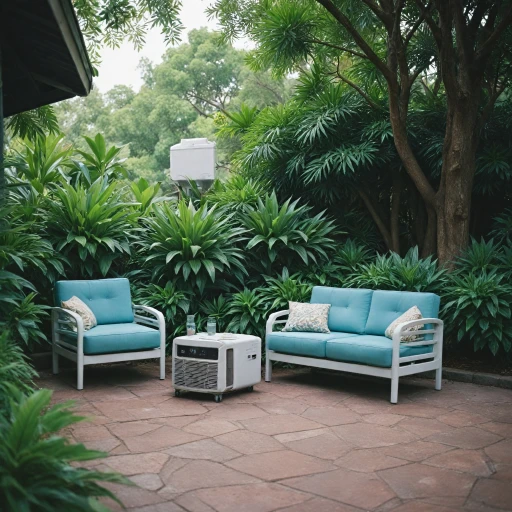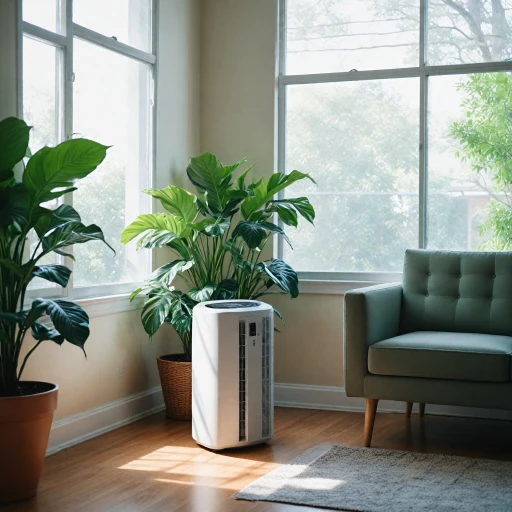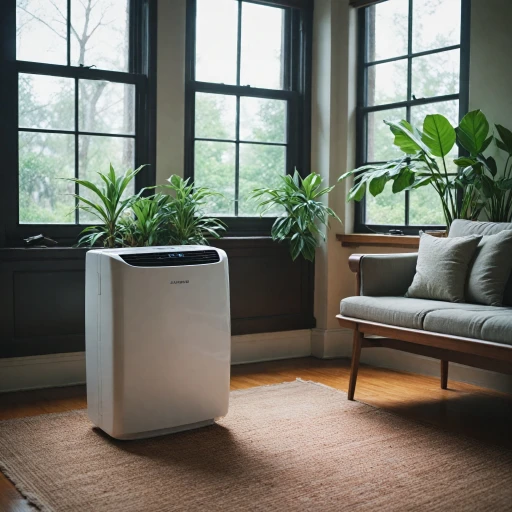
Understanding Portable AC Power Ratings
The Basics Behind Portable AC Power Ratings
When it comes to understanding how much electricity a portable air conditioner uses, power ratings are a key consideration. These power ratings are typically expressed in terms of watts and BTU (British Thermal Units), which provide insight into the energy consumption and cooling capacity of the unit. By familiarizing oneself with these terms, consumers can make more informed decisions about which portable air conditioners are best suited for their needs, including considerations about efficiency and overall cost. Finding out how many watts a portable unit consumes gives a clearer picture of its power consumption. Units with higher wattage draw more electricity, which translates to higher energy usage. It’s crucial to consider energy efficiency when choosing an air conditioner, as units with a lower wattage and higher BTU output provide better cooling while consuming less electricity. Understanding these values allows consumers to assess how much it will cost to operate a portable unit over time. Moreover, terms like running watts and starting watts are crucial as well. Running watts refer to the constant electricity the air conditioning unit uses during operation, while starting watts relate to the surge of power needed when the air conditioner first kicks on. This differentiation is important, especially when considering portable unit compatibility with solar generators. Portable units with lower starting watts can be more suited for use with off-grid power systems. While the appeal of central air systems might be the norm in many homes, portable units offer flexibility and targeted cooling. They can act as an energy-efficient alternative or complementary to central air systems. The energy consumption for portable air conditioning units might vary based on several factors, which we will explore further. Understanding the difference in energy ratings and what they mean for your energy bills is the first step in making a wise investment in your home’s cooling solutions. For those interested in how these factors play into larger HVAC systems, such as a 4 ton heat pump package unit, a deeper dive into energy ratings can illuminate potential long-term savings.Factors Influencing Wattage Usage
Key Elements That Affect How Many Watts Portable Air Conditioners Use
When considering the energy consumption of portable air conditioners, it's essential to recognize that several factors can play a role in determining their wattage usage. These elements can significantly influence the overall electricity usage and impact your energy bills. Understanding these aspects will help you make a more informed decision about the right portable unit for your cooling needs.- Cooling Capacity and BTU Rating: The British Thermal Unit (BTU) rating directly correlates to the cooling capacity of portable air conditioners. Higher BTU ratings often indicate more powerful units, which means increased electricity consumption in watts. However, a larger BTU rating ensures efficient cooling for bigger spaces.
- Energy Efficiency Ratio (EER): Air conditioners with a high EER are more efficient and consume less electricity for the same cooling capacity. To evaluate a unit's efficiency, observe how many watts per BTU it uses; a lower number signifies better energy usage efficiency.
- Room Size and Insulation: The space you aim to cool can affect the power usage of your portable air conditioner. Larger, poorly insulated rooms require more energy to cool effectively. When choosing a unit, align the BTU with room dimensions to maintain optimal power consumption.
- Environmental Conditions: Heat and humidity levels impact a unit's performance. Hotter environments demand more from the portable conditioner, thus increasing its wattage usage as the unit works harder to maintain a desirable temperature.
- Usage Patterns: How often and for how long you run the unit will influence overall electricity usage. Longer running hours equate to higher consumption, and understanding these patterns can help manage energy costs better.
- Power Sources: Whether you are using a standard electricity outlet or a solar generator determines electricity usage. Although solar options might incur lower costs, they could also affect the performance of the portable air conditioner depending on the generator's capacity.
Comparing Portable ACs by Wattage
Evaluating Portable ACs Based on Wattage Levels
When considering a portable air conditioner, it's crucial to evaluate how many watts each unit uses, as it directly impacts power consumption and electricity usage. Different portable units have varying cooling capacities and corresponding power demands, which are measured in watts. These figures can help you estimate how much electricity will be consumed and how this impacts your energy bills. To better understand the electricity usage of different portable air conditioners, you should:- Check the BTU Rating: BTU, or British Thermal Units, is a measure of an air conditioner's cooling capacity. Generally, a unit with a higher BTU rating will require more watts to run effectively. Understanding watts per BTU is vital when comparing the efficiency of different models.
- Consider the Unit's Efficiency: Energy efficiency in portable air conditioners is often reflected in their Energy Efficiency Ratio (EER). A higher EER means more cooling output per energy input, indicating a more efficient appliance. This ratio helps determine how efficiently the conditioner converts watts into cooling energy.
- Review Manufacturer Specifications: Manufacturers usually provide detailed power consumption data. By comparing these specifications across models, you can gather an understanding of a portable unit’s energy efficiency and select one best suited to your needs.
Calculating Energy Costs for Portable ACs
Estimating the Energy Expenses of Portable Air Conditioning
Understanding how much it costs to operate a portable air conditioner involves more than just looking at its power rating in watts. Here's how to break down the cost:- Power Consumption: Find the power consumption in watts (W) from the unit's specification. This value is often provided as watts or BTU.
- Electricity Rate: Know your local electricity rate. This rate is typically in kilowatt-hours (kWh), and you can find this information on your energy bill.
- Usage Hours: Estimate how many hours you run your portable air conditioner daily.
Cost per Day = (Power Consumption in kW) x (Usage Hours) x (Electricity Rate per kWh)
Let's break it down further:- Convert Watts to Kilowatts: Since electricity is charged per kilowatt-hour, convert the unit's power consumption from watts to kilowatts by dividing by 1,000. 1,000 watts equal 1 kW.
- Calculate Daily Cost: Multiply the kilowatt consumption by the number of hours you use the portable unit, then multiply by your local electricity rate.
Tips for Reducing Energy Consumption
Enhancing Energy Efficiency for Your Portable Air Conditioner
Effective management of your portable air conditioner's energy usage not only helps in optimizing power consumption but also significantly lowers your electricity bills over time. Here are some practical tips to achieve better energy efficiency:- Choose the Right Size: Ensuring that your portable unit matches your space's cooling capacity needs is crucial. A unit that is too small will struggle and consume more electricity, while one that is too large will cycle on and off inefficiently.
- Optimize Placement: Position your portable air conditioner in a way that maximizes airflow. Avoid obstructing vents, and ensure the exhaust hose is as straight as possible to minimize energy loss.
- Regular Maintenance: Keep your unit clean and well-maintained. Regularly clean or replace filters and ensure that the evaporator and condenser coils are free from dust and debris to improve efficiency.
- Utilize the Thermostat: Set your portable unit to an optimal temperature, typically around 78°F (26°C), for efficient cooling without unnecessary electricity usage. Adjust settings in response to the room’s specific conditions.
- Supplemental Cooling Methods: Consider using ceiling fans or window coverings to enhance cooling effects, reducing the need for high power consumption from your air conditioner.
- Invest in Energy-Efficient Models: Look for portable air conditioners with a high Energy Efficiency Ratio (EER) rating. More efficient models utilize fewer kilowatt-hours while providing effective cooling.
- Mindful Usage: Use programmable timers or smart plugs to ensure the unit runs only when necessary. This helps avoid unnecessary electricity usage when cooling is not needed.
Choosing the Right Portable AC for Your Needs
Selecting the Ideal Unit for Your Cooling Needs
When choosing a portable air conditioner, there are various factors to consider to optimize both cooling efficiency and energy consumption. One of the primary metrics is the cooling capacity, which is often represented in BTUs. As discussed earlier, the wattage usage of a portable unit directly correlates with the BTU rating, impacting both performance and electricity costs.
To find a suitable portable air conditioner, you should assess the following:
- Room Size: Smaller rooms require less power, so a unit with a lower BTU rating is ideal. Conversely, for larger spaces, opt for a higher BTU model to ensure sufficient cooling.
- Energy Efficiency: Look for models with high energy efficiency ratios (EER). Units with better energy efficiency will consume less electricity, making them cost-effective over the long term.
- Power Source: Consider how much power the unit will require. If you have a solar generator, be mindful of the number of watts the air conditioner will draw.
- Cost Implications: Factor in your electricity bills by calculating how many watts the portable unit will use per hour and how often it will run.
Additionally, understanding the power ratings and consumption helps ensure that you select a unit compatible with your existing power sources, whether that be central air or other generators. Remember that efficient performance can vastly decrease energy usage, leading to lower running costs and extended unit life.
